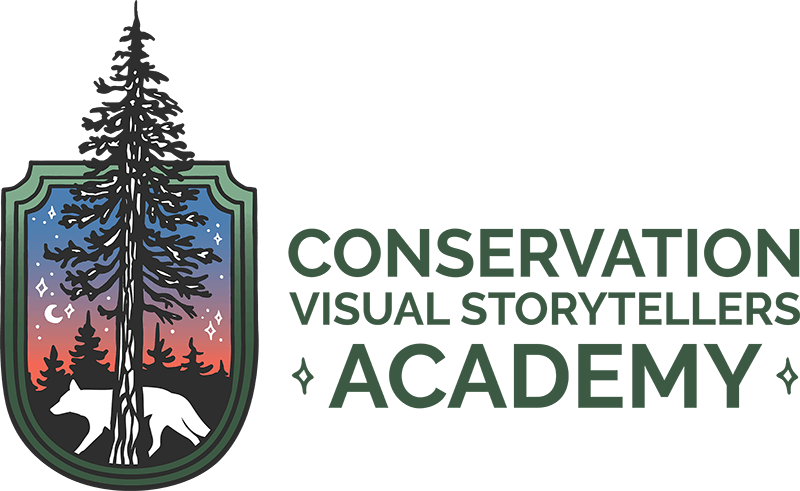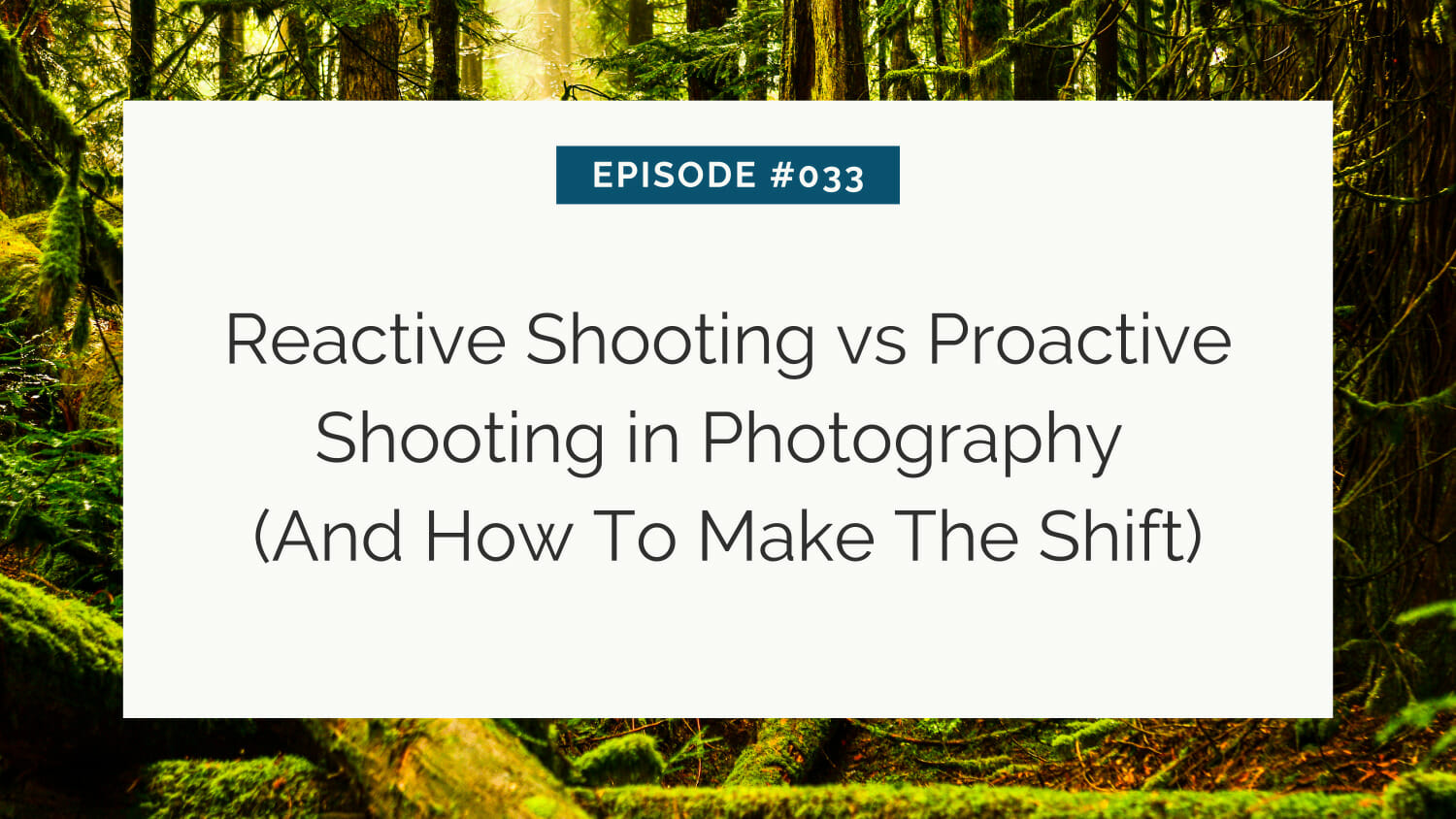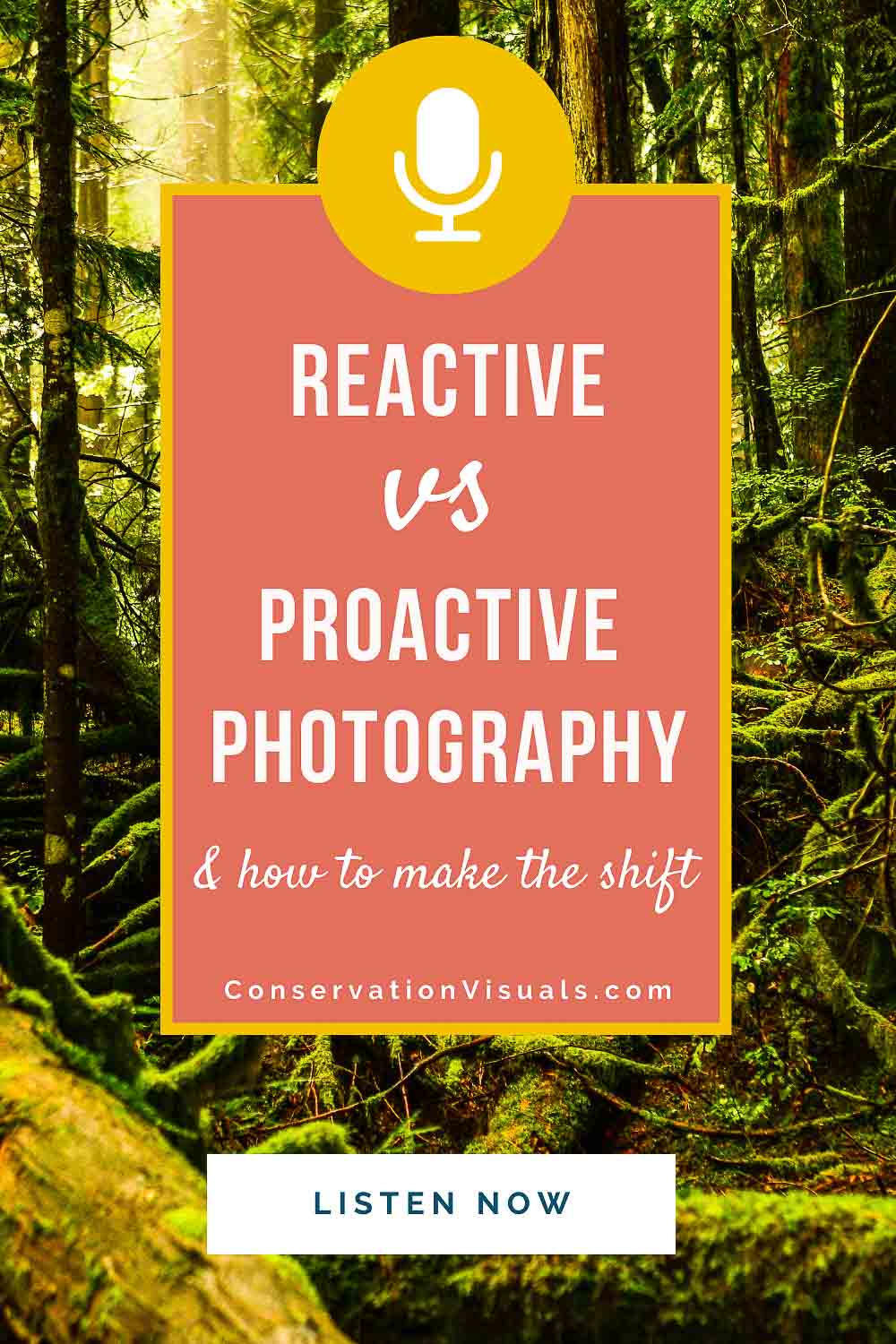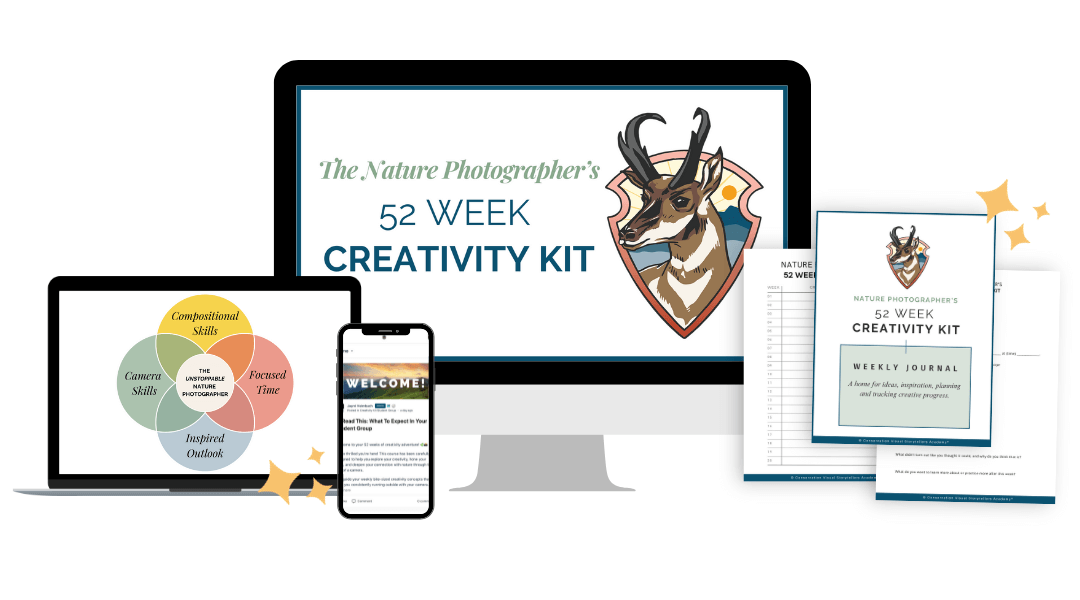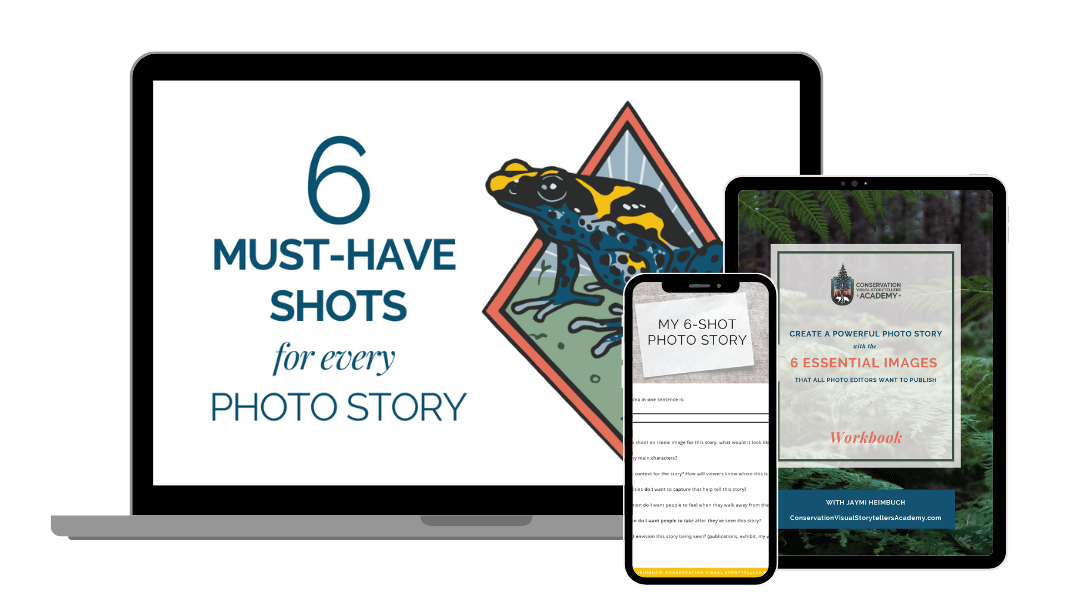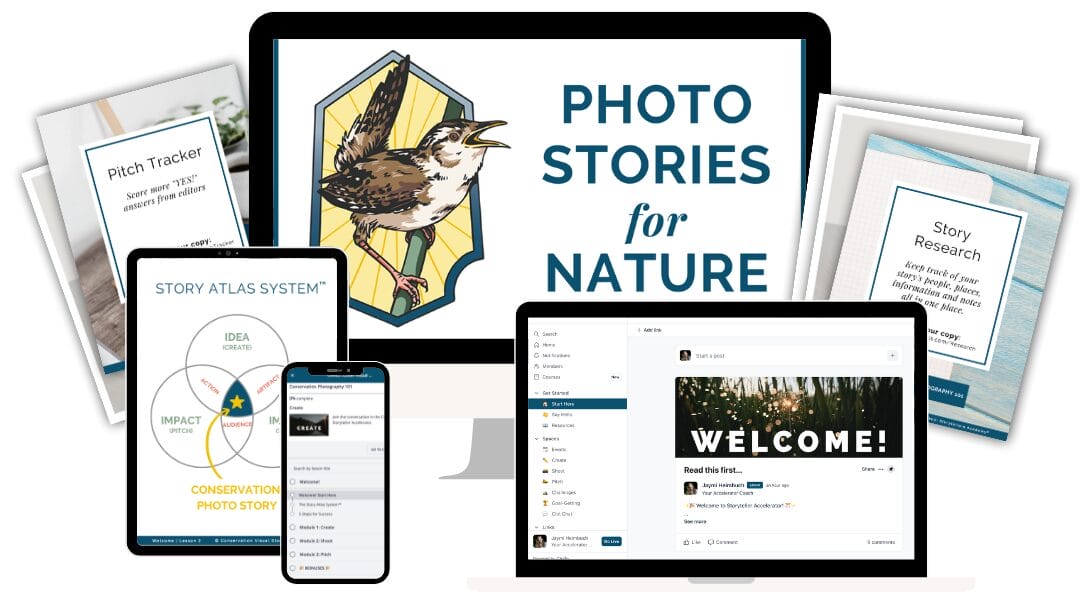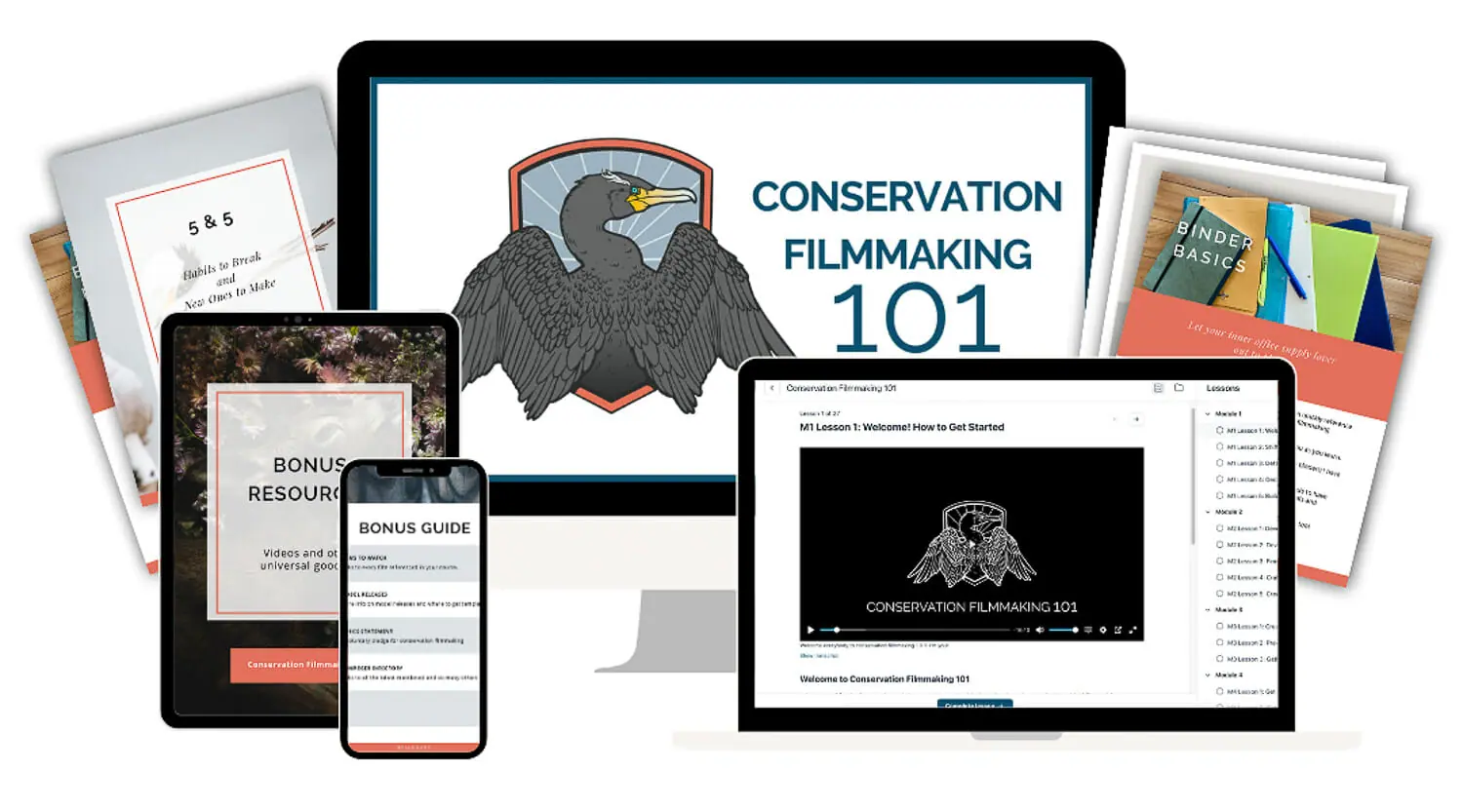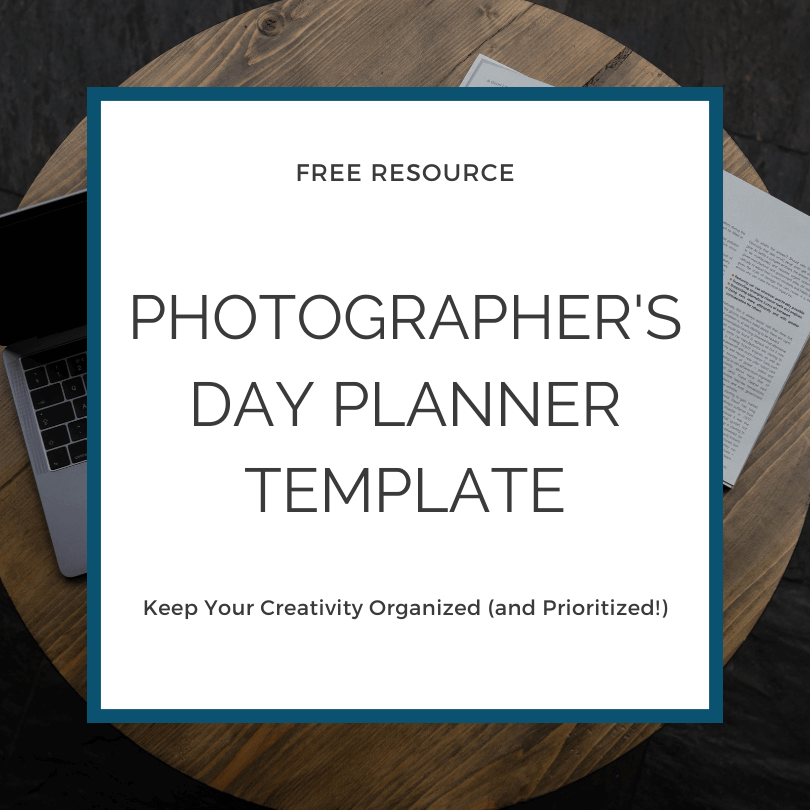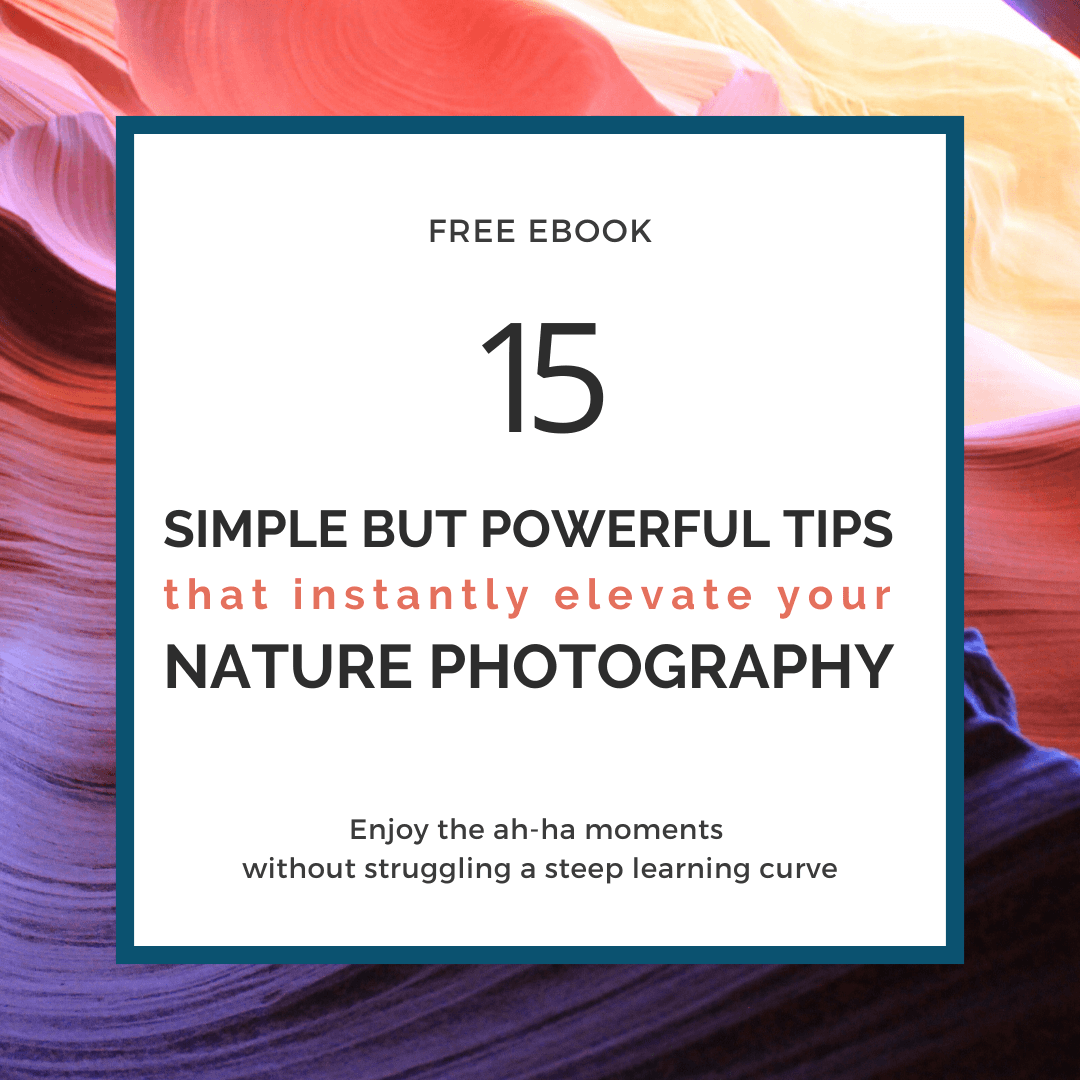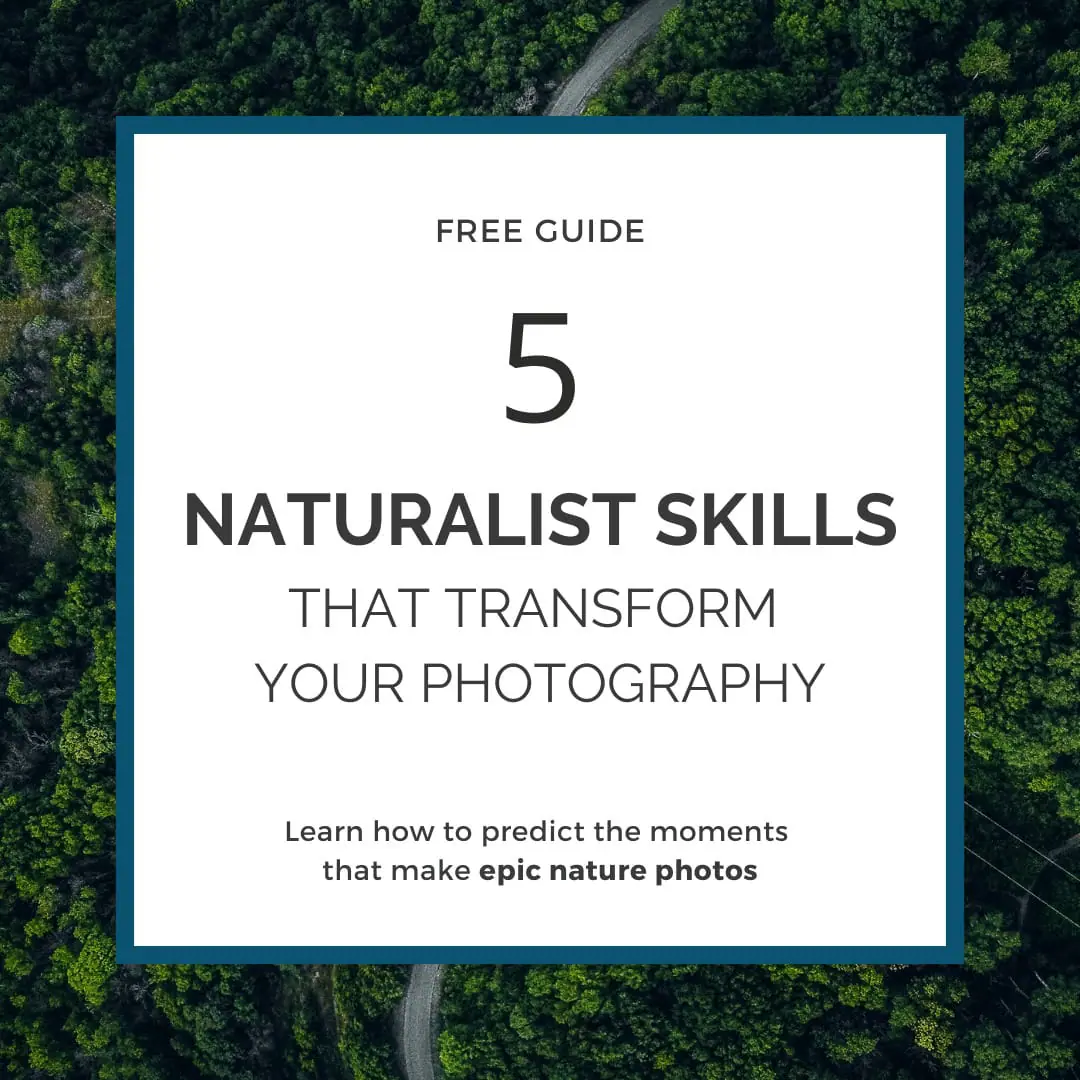Reactive Shooting vs Proactive Shooting in Photography (And How To Make The Shift)
When you make this mental transition, the quality and creative content of your photographs will skyrocket.
How to get ahead of the shot for better photos
As you advance as a photographer, one of the big jumps that completely transforms the quality of your images is learning to move away from shooting reactively, to shooting proactively.
Proactive shooting changes everything about your photography, from your style to the impact of individual images.
You may be an extraordinarily talented photographer. But are you crafting stories within each frame? Are you getting shots you knew you would get, or are your keepers dependent upon luck?
If your goal is to move past portraits, past stellar-but-standalone shots, then you have to move past shooting whatever appears out in front of you and instead shoot with intention.
You have to move from shooting reactively to shooting proactively. And I'm going to walk you through how.
You'll Learn
- What reactive shooting is and how it limits you
- What proactive shooting is and how it steps up the quality and content of your images
- Two sets of questions that are key to shooting proactively (Hint: the first set gets you thinking about the why and what, and the second set gets you thinking about the how, when and where)
Episode 033: Reactive Shooting vs Proactive Shooting (And How To Make The Shift)
Shownotes: ConservationVisuals.com/33
(Digitally transcribed, please forgive any typos)
________________
Jaymi Heimbuch:
As you advance as a photographer, one of the big jumps that completely transforms the quality of your images is learning to move away from shooting reactively, to shooting proactively. This is also a huge part of learning how to go from creating images, to creating photo stories. So in this episode, we're going to talk about what these two approaches are and why this transition and how you think about an approach. Shooting changes everything about your photography, from your style to the impact of individual images. By the time we wrap up this episode, I hope that I have you thinking in a very different way. All right, let's dive in.
Welcome to impact the conservation photography podcast. I'm your host, Jaymi Heimbuch. And if you are a visual storyteller with a love for all things wild, then you're in the right place from conservation to creativity, from business to marketing and everything in between this podcast is for you. The conservation visual storyteller, who is ready to make an impact. Let's dive in!
This topic is something that I talk about kind of a lot with my students in Conservation Photography 101, my online course, because it's that important of a distinction in how you shoot. See, you might be an extraordinarily talented photographer. You're awesome at capturing incredibly compelling images of wildlife in action, but are you crafting stories within each frame? Are you capturing shots that build upon each other to create a larger story? If your goal is to move past portraits, past stellar, but standalone shots, then you have to move past shooting, whatever appears out in front of you, whatever my roll out in front of that camera lens. And instead shoot with intention. You have to move from shooting reactively to shooting proactively.
So first let's dive into what is reactive shooting. There is, I know a ton of joy in heading out to a favorite location and just seeing what plays out, capturing images of whatever wildlife appears and making beautiful portraits is totally relaxing. It's a lot of fun. That's a great pastime. Like I love going out in my kayak to my favorite spot and camera and hand I'm paddling along and just photographing the wildlife during my paddle. So relaxing, but I am not going to do more than capture some portraits or maybe a few great behavior shots. If I'm lucky when I'm using this strategy. And it's fine in those moments, because that's all I want. I just want a relaxing outing and I'm going to keep fingers crossed and be ready in case, you know, wildlife crosses my path.
But if I want to get really amazing, unique, compelling images, then I have to step it up big time. I can't just go to a place with high odds of activity and cross my fingers that is shooting reactively. If you enjoy hopping in the car and driving down roads where, you know, wildlife roams and you're photographing what you can while using your cars blind, that's awesome. You probably get gorgeous images, but that's shooting reactively. You're capturing what happens in front of you without any real strategy or thought. Let's take another situation where shooting reactively often happens. Let's say that you're working on a photo story and you're in the midst of a shoot with researchers in the field. Are you following along just firing away and hoping that you'll capture some good frames that's shooting reactively following along, even if you have the sharpest eye and the fastest reactions is reactive shooting, you might walk away with great shots, but most of them will have been crafted out of luck.
And they'll more likely be that standard. You know, this is what research looks like, types of shots. They'll probably lack a couple of important elements, like really creative composition and surprising storytelling shooting proactively. Whether it's for wildlife portraits or photo essays requires a totally different approach. And when you get a handle on this approach, the quality and the impact of your images skyrockets. So let's dig into what is proactive shooting. Proactive shooting is pretty straight forward. It's all about doing upfront work, to think through your images before you head out to capture them. This comes in the form of research and creative thinking. So if you're out in the field on a shoot with researchers for a photo story, if you were to really have done your research, if you dig into why the research is happening, the hopes and the goals of the scientists, the step-by-step detail of exactly what they're doing in the field for their research and what those processes look like.
If you were to really dig into that and you shape a narrative that you hope to tell in the images, and you have a super clear idea of the images that you want to capture and how you'll capture them and the odds of capturing each of them. Well, now you're shooting proactively and you're likely going to walk away from that shoe with a super solid portfolio of really unique in depth images. Even with wildlife portraits, you can become a proactive shooter. When you decide on the species that you're hoping to photograph, and you do the research to learn everything about that species, its behavior, its habitat, how it moves, why it does certain things. And then when you spend time thinking about what kinds of images you can capture that would illustrate an important part of this animal's existence, then you can figure out exactly what you need to do to get images that are fully unique, that are soulful, that have your signature style or that shine a light on something that no one's ever seen or paid attention to before.
You know, what images you want and how to get them. And you have dramatically ramped up your odds of being able to capture those images. Now, getting to the next level in your photography requires practice, but it also 100% requires a proactive approach. So how do you move from reactive to proactive? Well, the answer really lies in asking questions and then designing shots around your answers.
Now, as you're digging in to your research and you're really starting to figure out, okay, well, I know that I need to do more in order to figure out what's going on and to be ready. There's two sets of questions that you can keep in mind and that's going to really help you get into that proactive zone. The first set of questions revolves around setting your frame of mind. You're really building a purpose around your images, getting clear on that. And the second set of questions revolves and setting up the details. You're starting to think creatively and strategically about the how behind the shots.
So that first set of questions. When you're setting your frame of mind, this is the why and the what of your images. There's four questions that I think you can begin with to really start to dig in. Now there's a lot more questions you could ask, of course, but these four are going to get, you started. These four questions are, why am I taking this image? What is the story I want to tell through this image, what do I want to accomplish with this image? What do I want to express with this image? So you notice that the types of these questions, they're really starting to get it an overarching purpose. And when you start to dig into the overarching purpose, then all of the strategy really starts to fall into place.
So again, real quick, inside of that, setting your frame of mind, set of questions, you're thinking, why am I taking this image? What is the story that I want to tell through this image? What do I want to accomplish with this image? And what do I want to express?
Now, once you dig into that, let's move on to the second set of questions, which is all about setting the details. You're looking at the creativity and the technique behind how you're going to get those shots. So I think that there are five questions that are super helpful for getting started. They are, how do I want to use light? How will I pull the viewer into the frame? Does movement play a role in this shot? And if so, how will I capture that? What are the best tools to accomplish all of this? Where, and when do I need to position myself to get this shot?
So again, all of this is the creative and the strategic, how behind the images, and we're looking at five questions, I'm going to run through them one more time. How do I want to use light? How will I pull the viewer into the frame? Does movement play a role in this shot? And if so, how will I capture that movement? What are the best tools to accomplish all of this? Where, and when do I need to position myself to get this shot?
Now, when you build in the space to ask these questions and to really dig into the answers, then you move into proactive shooting, you know, when and where to show up to be in the midst of natural activity. And you know exactly how to put yourself in front of situations that are going to yield really impressive results. You know how to predict when a bird is going to take flight or when a Fox is going to pounce on a rodent or where that bear is headed and you know where to be, to get in front of the scenes that you want to photograph you, aren't just driving around, hoping that critters show up or always missing that peak of action by a few fractions of a second, because you weren't ready.
Now, you are getting yourself into place and patiently waiting for the behavior that you know is going to happen to unfold in front of you. And when it comes to creating photos, stories, you know how to shape a narrative that guides viewers through that story that introduces them to an idea that emotionally connects them to the concept and the characters and gets them to a point where they genuinely care, maybe even enough to act on that issue. That that story revolves around you. Aren't running around behind researchers or volunteers and racing to capture activities. As they play out, you are instead walking into a shoot, knowing what's going to happen, how it will unfold and what you're going to do to get the shots you already know you need. It feels a whole lot better to know what you can accomplish in a more controlled creative way, doesn't it? That is the power of proactive shooting.
Now I'm sure that has you start to dive in to really planning out a questioning session before you start in on a photo story or a project, or even before your next outing, you're a hundred percent gonna notice that your images evolve. Suddenly you go way beyond portrait way beyond those lucky shots. And you're crafting stuff that really stands out. And it's so much fun to see that jump in your photography.
All right, before I sign off, I want to send out a thank you and have a moment of gratitude. So I read every review of this podcast and they continue to motivate me and inspire me like this one from Cananphoto. Canonphoto says, "What a marvelous podcast, like a great conversation with an old friend. You walk away lighter, brighter, and enthusiastic. Jaymi, thank you for putting your heart and soul into this and making the journey so much easier for the rest of us."
This review makes me so happy because to know that it feels like a conversation is a really big deal and it really does feel like that to me too. Thanks to this podcast, I have met so many people that I really don't think that I would have met otherwise. I enjoy every single email that comes in from new listeners. And it is truly like getting to have conversations with friends.
If you're enjoying this podcast, it would mean so much to me. If you could leave a rating or a review right now, wherever you're listening and let me know how it's helped you in your photography. And as I always say, this is really not about ego, even though I do love reading these every positive review that comes out helps to push this podcast in front of new listeners. And that's a really big deal for being able to reach more people who are curious about conservation photography and to get tools and inspiration out in front of them. And the more I can do that, the more all of us are helped along. So if you could take just a moment or two to hop on over and leave a review, wherever you're listening, that would be amazing. Thank you so much. And I hope that this has been a fun and inspiring episode, and I will talk to you next week
Before we wrap up, I would love to ask you to do one quick thing, subscribe to this podcast. As a subscriber, you'll not only know when each week's episode goes live, but you'll also get insider goodies like bonus episodes. You might miss them unless you're subscribed. And I don't want you to miss out on a thing. So please tap that subscribe button and I will talk to you next week.
________________
Impact: The Conservation Photography Podcast
JaymiHeimbuch.com/Podcast
